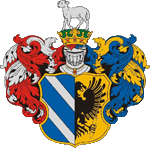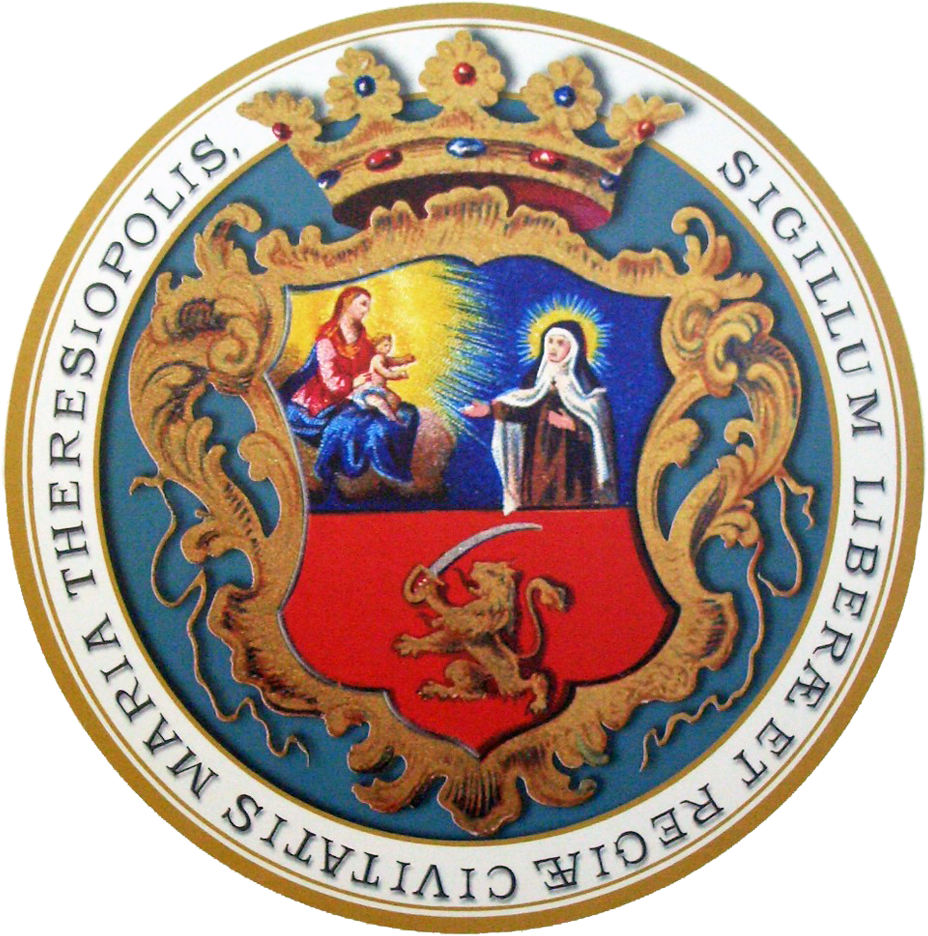At the time of the turn of the century, Senta with its then twenty-five thousand population was considered an equal rank town with Sombor and Novi Sad. The population is still the same. Spectacular changes were happening, the central part of the town was being built that time, elegant eclectic palaces were reshaping its former appearance. In this eventful period, at the beginning of the 20th century, the Art Nouveau buildings were built on the empty grounds, then they made the still unchanged spectacle of the downtown accomplished. Although only a few houses were raised in the spirit of the new architectural arts, they represented several branches: the Hungarian variant, the Vienna geometric and the Munich Art Nouveau. The novelties brought about dimensions of a large town and created a peculiar milieu in this small town of the plains as well.
The flourishing of the new style lasted for a period of only nearly a decade. Béla Lajta’s (1873–1920) fire station was built up in 1904, and then he planned the Szlávnics House next year. Though he had won the tender for the extension of the secondary grammar school, he was not commissioned with the work, but borrowing his ideas, a local architect was appointed to implement it. Lajta was inspired in these works and the early stage of his creative activities by Ödön Lechner’s mentality. But he was not only considered the follower of the master, he also further developed his model’s Art Nouveau ideas. Lajta became one of the leading personalities of the branch of the turn of the century Hungarian architecture that applied the motifs of folk decorative arts. It is a fortunate thing that, by building the Hotel Royal, Ede Magyar coming from the nearby Szeged also made his mark. Besides the listed gems of the Art Nouveau, more middle class houses bear the stylistic features of the movement on their facade in the downtown. These may not count as considerable values, however, they are important objects in the urban environment.
The most spectacular building of Senta’s main square is the Town Hall, which is an inviting orientation point with its huge high-rise tower. It is also a strange memento of the halt of the construction around the square with its sprawling presence. The storied buildings bordering the square could not have been built since the early-century spectacular development came to a halt. The establishment of the town centre had just begun when it rapidly ended by the accomplishment of the Town Hall, an Art Nouveau work representing big city scales. This monumental but little clumsy public administration and commercial palace was accomplished in 1914, right before the First World War. It crowns but also marks the end of the productive period of Senta’s urban development.





